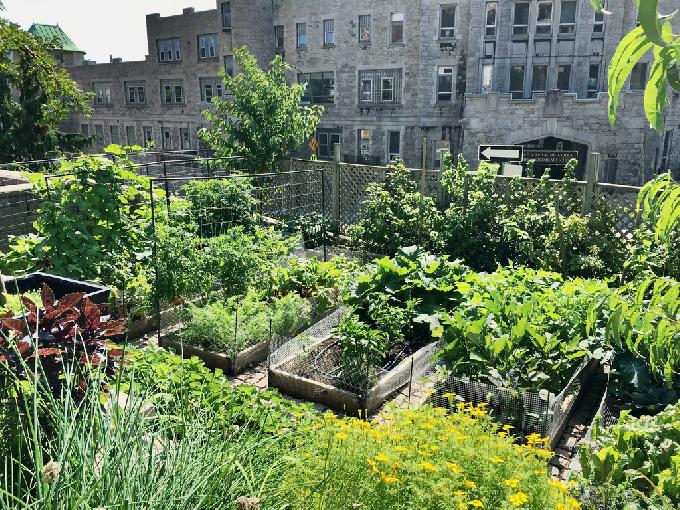City Region Food Systems Toolkit by FAO/RUAF

The term City Region Food System https://ruaf.org/focus-area/city-region-food-systems/#:~:text=A%20City%20Region%20Food%20Systems,by%20strengthening%20rural%2Durban%20linkages. has been defined as the
“complex network of actors, processes, and relationships to do with food production, processing, marketing, and consumption that exist in a given geographical region that includes a more or less concentrated urban center and its surrounding peri urban and rural hinterland; a regional landscape across which flows of people, goods and ecosystem services are managed”
The food system of any city combines a variety of food provisioning and consumption. It can rely on urban and peri urban areas, nearby rural catchment area or rely heavily on global food systems. But however they are viewed, the fact is food systems connect rural and urban regions whether on a local, regional or global scale. Cities and urban food supply systems shape the surrounding areas, determine health and livelihood outcomes, environmental management, transport and labor opportunities.
The City Region Food System (CRFS) approach provides a toolkit https://ruaf.org/tool/city-region-food-system-toolkit/ for analysis of food systems and food system transformation while supporting policy reform. Approaching rural urban linkages with food as the common denominator is a useful entry point in addressing linked systems such as waste, energy, water supply, biodiversity and addressing issues of labor and economic inequity.

Improved city region food systems will improve access to affordable and nutritious food, support local farmers and processors, and improve food security outcomes and linked health outcomes. Ease of access to markets and policy support for alternative food networks (AFN), both built and virtual, will support the resilience of smallholders and larger operators. Shorter value chains contribute to increwased transparency along the food system contributing to healthier buying choices for consumers contributing to more sustainable diets and a reduction in food waste and achieving some of the goals outlined in the sustainable development agenda. The CRFS can help with the transition towards a circular economy through resourcing, recovering and reusing water, waste and nutrients in agricultural work.
An ideal resilient city region would have easy access to food, access to decent jobs and income with a vibrant and sustainable agricultural and processing economy with small scale farmers and processors and both urban and rural areas. Rural and urban linkages would be strengthened with a deeper understanding of ecosystem services linkages and the importance of ecosystem management to the resilience of cities.